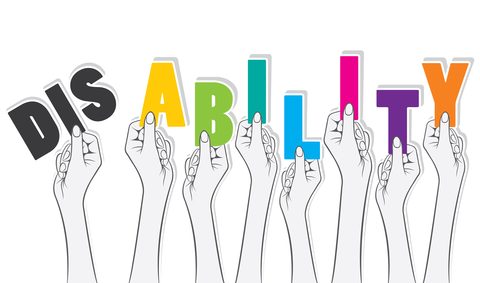 It’s an unfortunate fact that the chances of becoming disabled are too high to be ignored. According to Council for Disability Awareness, 1 in 4 of today’s 20 year-olds will become disabled before they retire. Yet less than half (49%) of working adults in the U.S. have disability insurance (other than basic Social Security coverage or workers compensation). What to do?
It’s an unfortunate fact that the chances of becoming disabled are too high to be ignored. According to Council for Disability Awareness, 1 in 4 of today’s 20 year-olds will become disabled before they retire. Yet less than half (49%) of working adults in the U.S. have disability insurance (other than basic Social Security coverage or workers compensation). What to do?
Sick days
Your company may offer a set number of paid sick days. Unused days may or may not carry over to the following year. Obviously sick days are only a stopgap measure and won’t cover any employee for a significant disability.
State-mandated short-term disability
Some states have mandated disability insurance requirements: California, Hawaii, New Jersey, New York, and Rhode Island. This coverage is only for short-term disability. For example, in California, benefits are payable for a maximum of 52 weeks; weekly benefits are about 60% to 70% of wages earned in 5 to 18 months prior to a claim start date.
Long-term coverage for employees
To provide for long-term disability over and above what Social Security benefits (or workers compensation for a work-related disability) can provide, consider private disability insurance. These policies typically replace 60% of wages for a minimum of 2 years; they all end benefits at the normal Social Security age of retirement (currently 66).
Group coverage is less costly than an individual policy. The premiums may be paid by the company or by the employee (see tax issues below) through payroll withholding. Self-employed individuals may find group coverage for themselves through trade or professional associations.
Automatic enrollment. The Department of Labor has given it’s okay for employers to have automatic enrollment in a disability insurance program with an opt out feature. Automatic enrollment greatly increases employee participation (according to Vanguard research with regard to retirement plan participation). Employees who leave the job may be able to convert their coverage to an individual policy in order to continue having disability coverage.
Finding coverage. Ask your insurance agent for guidance on this matter. Here’s a listing of the best insurance companies for disability coverage.
Tax issues
There are two tax-related considerations with disability insurance: whether premiums are deductible and whether benefits received under the policy are tax free.
Premiums. If your business is incorporated and it pays the premiums for employee disability policies, the corporation can deduct them. This is a tax-free fringe benefit to you and your employees. If you pay the premiums personally (e.g., you are self-employed), you cannot deduct the cost; this is a nondeductible personal expense.
Benefits. If the corporation has paid the premiums and you collect benefits, you are taxed on them. If you paid the premiums for coverage through your company or under an individual policy and collect benefits, the benefits are tax free to you. If you have the option to pay premiums for company-obtained coverage, you may want to do so in order to make benefits you receive upon disability tax free.
Conclusion
Don’t wait for disability to happen to you or employees; think about it now. Find more information about short-term and long-term disability insurance from Insure U.


